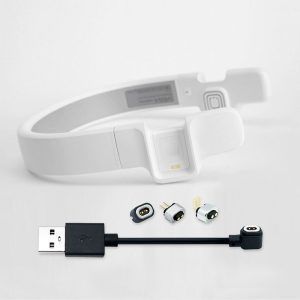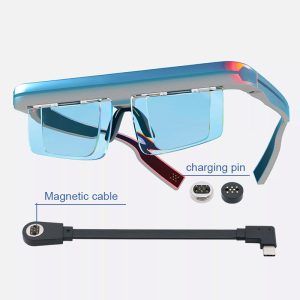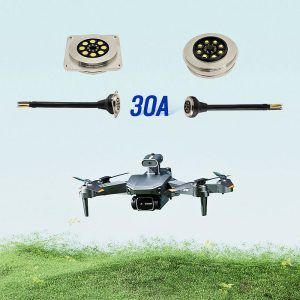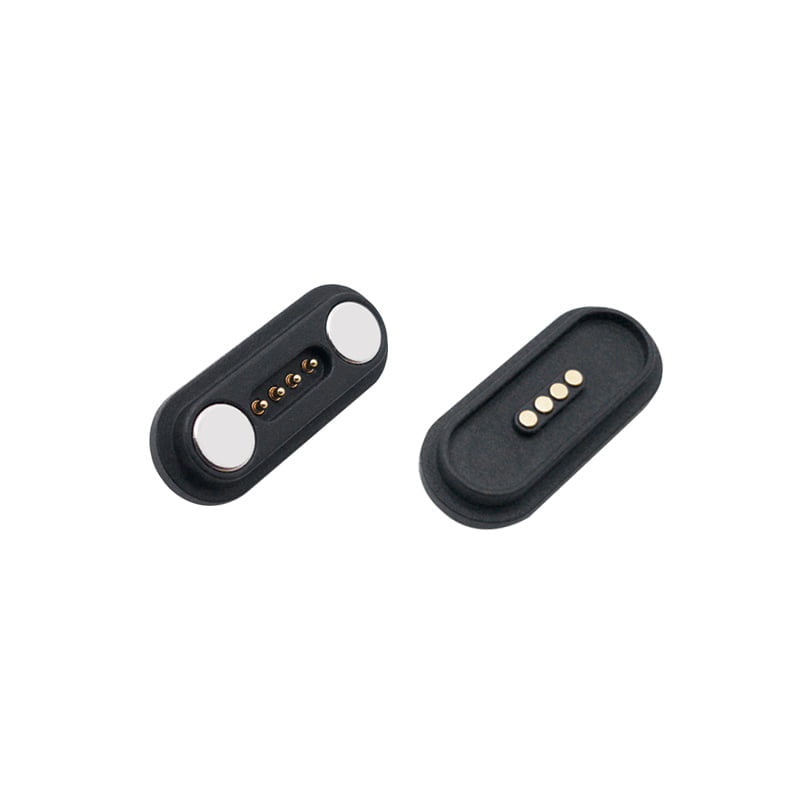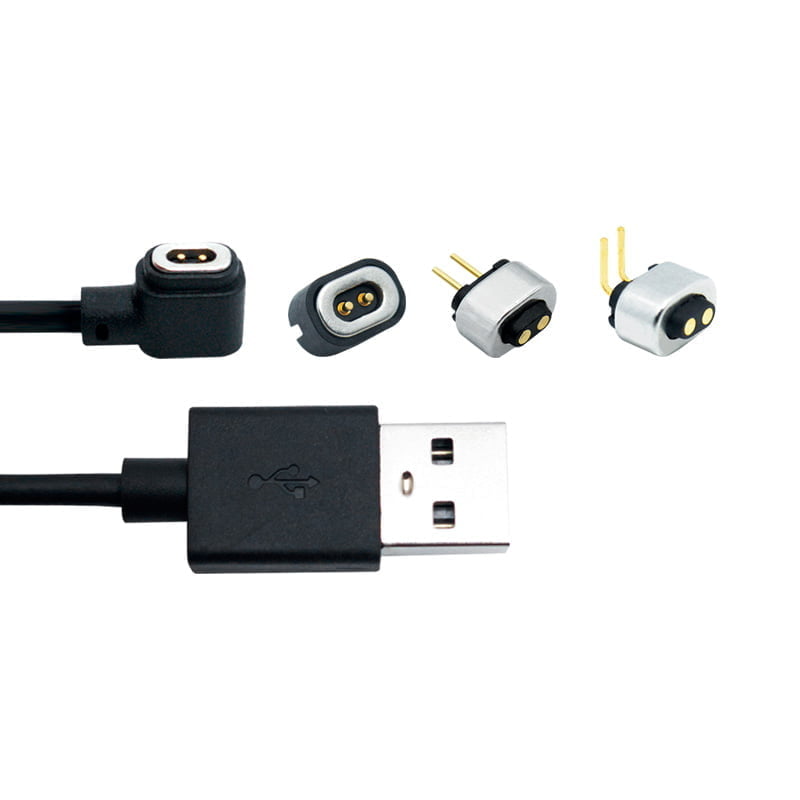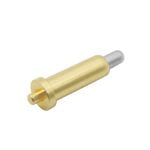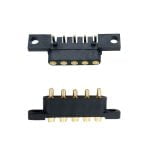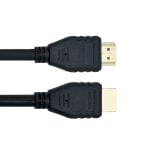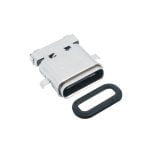Impact article on magnetic connectors
Magnetic connectors have gained popularity in recent years as a reliable alternative to traditional connectors. These connectors use magnets to hold two or more devices together, allowing for quick and easy connections without the need for physical latching mechanisms or complex wiring.
One of the key benefits of magnetic connectors is their ease of use. They are designed to automatically snap into place, making it easy for users to connect and disconnect devices without fumbling with cords or plugs. This feature is especially useful in situations where devices need to be connected quickly and easily, such as in a medical emergency or during a live performance.
Another benefit of magnetic connectors is their ability to reduce wear and tear on equipment. Traditional connectors require physical contact between metal pins or connectors, which can lead to corrosion and damage over time. Magnetic connectors, on the other hand, rely on magnetic fields to transmit data and power, eliminating the need for physical contact and reducing the risk of damage.
Magnetic connectors are also highly adaptable and can be used in a wide variety of applications. They are commonly used in consumer electronics such as smartphones and tablets, where they provide a sleek and elegant design while enhancing functionality. In addition, this are used in medical devices, automotive applications and even space exploration where their durability and reliability are critical.
However, the use of magnetic connectors is not without its challenges. One concern is the potential for electromagnetic interference (EMI), which can disrupt the magnetic fields and cause problems with data transfer or power delivery. To address this issue, designers must carefully consider the placement of magnetic connectors and ensure that they are shielded from external electromagnetic sources.
Another challenge is standardization of magnetic connectors. Unlike traditional connectors, there are currently no widely accepted standards for magnetic connectors, which can lead to compatibility issues between devices. As magnetic connectors become more widely adopted, it will be important for manufacturers to agree on standards to ensure seamless interoperability between devices.
Despite these challenges, the impact of it is clear. They provide a reliable, easy-to-use, and versatile solution for connecting devices, and their adoption is expected to increase in the coming years. As new technologies emerge and the demand for faster, more efficient connectivity grows, will continue to play an important role in shaping the future of electronic devices.

